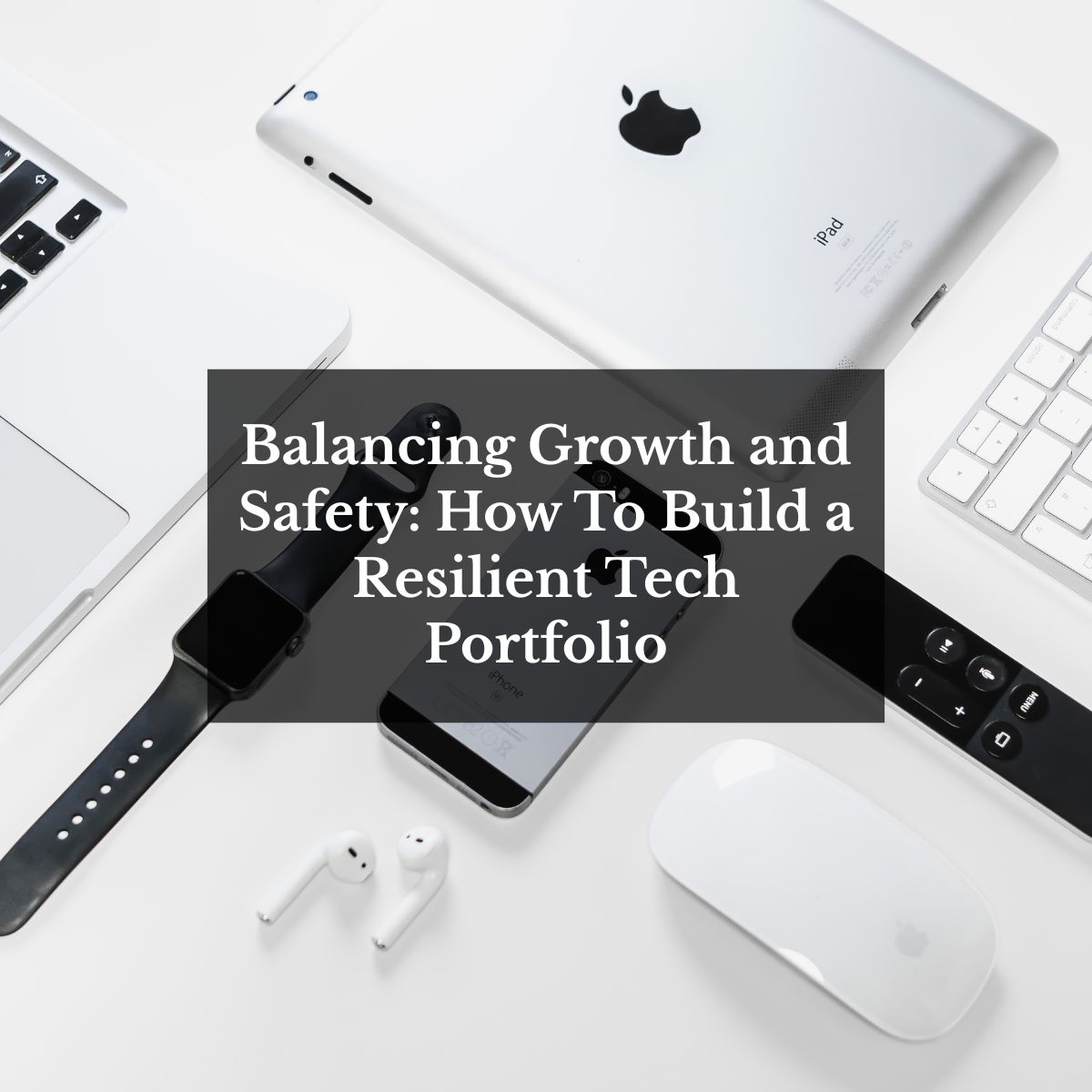Years ago most students could work a part-time job while attending college and graduate debt-free. Today, student loans are essentially a guarantee, and depending on things like financial aid, 529 plans and scholarships, a college education could end up costing hundreds of thousands of dollars. Don’t get discouraged though. With a little planning and understanding, student loans can easily fit into your financial roadmap. Follow these 5 pieces of advice to take control of the wheel and start incorporating student loans into your overall financial plan.
1. Education Debt is Not Bad. First and foremost, having student loan debt should not make recent grads feel ashamed. Financial principals state that the only prudent use of debt is in order to invest the debt proceeds in an asset which will grow in value and/or produce income. You are simply investing in your future – and that’s a positive thing. In addition, virtually everyone that graduates college today has some debt, so you are not alone.
2. Understand Your Loans. Most people have more than one student loan. In fact, the average student has several loans and probably doesn’t even know it. It’s important to print out and understand the terms of your loans to get a solid picture of your total debt. Once you understand the loans, it’s time to start designing a repayment plan.
3. Repay Debt and Save, Save, Save! A good strategy is to create a balance between repayment of debt and adding money to a savings account. This might sound counterproductive to some, and we’ve certainly heard the argument, “I just want to pay off all of my debt first, and then I’ll build up my savings.” While that’s an excellent goal, the fact is that a repayment of debt has the same impact as savings – they both increase your net worth. In addition, paying down debt while also saving money will teach you good financial habits. Even if your loan has a high interest rate, you want to develop meaningful money habits. In order to achieve financial freedom in the future, the time to start saving is now.
4. Set Small Goals and Automate. Don’t let the amount of your student loan overwhelm you. If you can save $10,000 per year, depending upon the interest rate on your student loans, split it between accelerating the repayment of student loan debt and building up your savings. That means $5,000 would go towards your debt, and $5,000 would go into your savings or 401(k). Once the loan is paid off, that payment should be turned into savings. This is where automatic deposits are really helpful. If you’re forced to pull the “savings trigger” on a monthly basis, that money will probably never make it to your savings account. Automation can help ensure the money goes straight to your savings without giving you the chance to spend it.
5. All Debt is Created Equal. Although student loan debt is not a “bad” debt to have, it should not be treated any different than other liabilities in your personal net worth calculation. Consumer debt, mortgage payments and car loans should all be handled in the same way. Figure out the interest rate on your debt and plan out the best route to repay it, while continuing to build up your savings.
If you should have any questions regarding your financial future, please contact us at 631.218.0077 for a complimentary consultation. You can also send us a direct message by clicking here.




